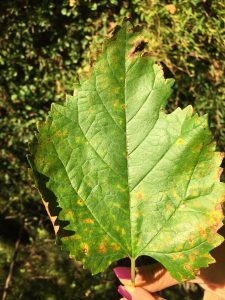


“The beginning of knowledge is the discovery of something we do not understand.”
-Frank Herbert
October 14th, 2019
3:52PM-4:23PM
The weather was warm, but not sweltering, thankfully; the air was approximately 74 degrees Fahrenheit. It was sunny with a few clouds and a minimal breeze. There’s just something about feeling the sun of my skin that makes me feel alive. I appreciate being outside and enjoying nature in those moments.
When deciding what organism I wanted to write about, I knew instantly. On my second blog post I was perplexed by this one tree in particular. It had an odd texture to its leaves that felt a little hairy on the top and was rough when stroked toward the stem. The bark was strong and reminder me of giant creases that probably seemed like the Grand Canyon to ants and other little bugs. The dark, ashy brown bark jutted out and was made of rough vertical ridges, becoming more pronounced as I trailed my eyes toward it’s roots. My organism was close to the stream in the SE, around five-feet away. I assumed it ended up here because this species requires lots of water. The leaves were still primarily green, however, there were a few holes with yellow lining the eaten away edges. The leaves ranged anywhere from six to three inches and were relatively heart-shaped.
Because my organism was a tree, it wasn’t moving except for the wind gently rustling its leaves. It most likely was trying to catch the few rays of sunlight it could as the beams of light occasionally peaked from behind the clouds. There were spider webs hanging around in it’s leaves and also littering The vine-like shrub that was surrounding it. I saw the webs but did not get the chance to spot any spiders or the species of those little buds.
Identifying my organism was a grueling process that I was actually too afraid to ask questions about. I tried my luck with google and my sub-par research skills and failed miserably. Thankfully, Liz came to my rescue with information that made it very clear that it was a Mulberry Tree! I eventually found out that it was a Black Mulberry tree to be exact. This tree’s scientific name is Morus nigra.
Once I found the organism’s name I was a little mad at myself for not knowing right away! I later reminded myself that the tree harbored no berries so of course I wouldn’t have known. Black Mulberry’s are native to Western Asia and don’t fare too well in colder environments, which made me wander why exactly it was found here in the mountains but I digress. Did you know that mulberry berries cane used to nourish the skin and hair? Or that these berries can assist people afflicted fatigue, anemia, and premature graying hair? A doctor from Portland wrote an article titled, “Fruit as Medicine”, that was really quite interesting!
Sincerely,
Tia Smith
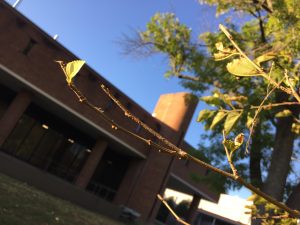
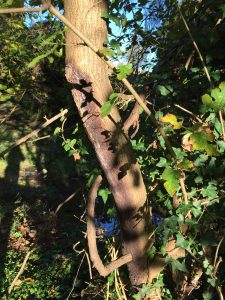
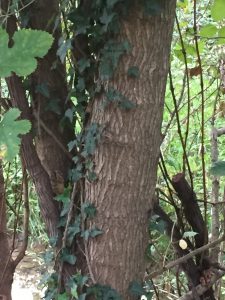

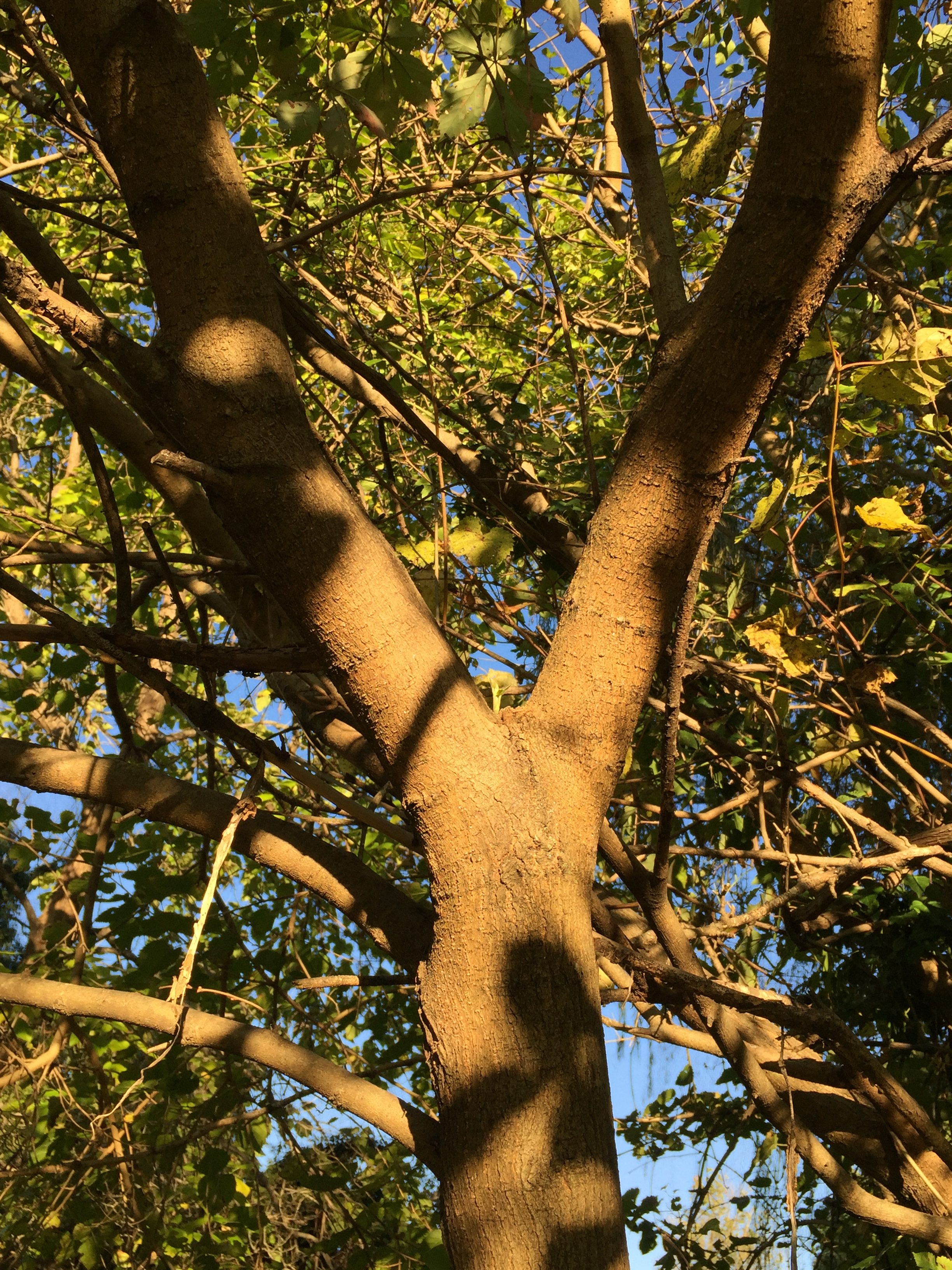
I love the fact that you included a quote in your blog post, it caught my attention! I also loved how you did your organism search on a Mulberry Tree, i know how they feel and it is truly so interesting to me!